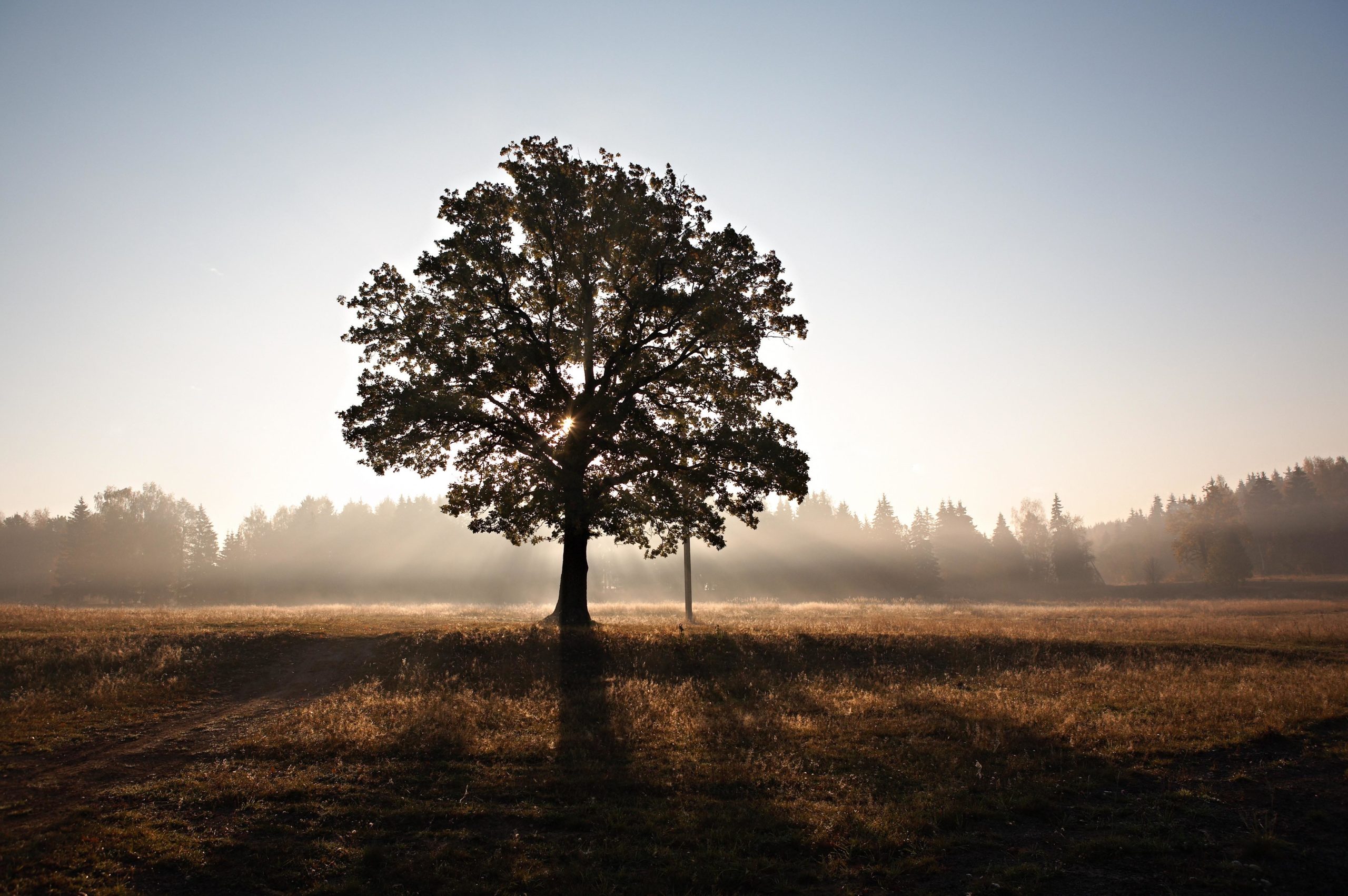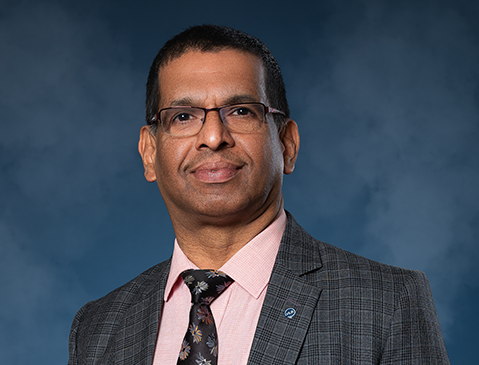BioCarbon Engineering, a startup based in Oxford, England, are using drones to plant trees with 60 times more efficiency than people.
Starting in September, it will team up with the Worldview International Foundation [WIF], to start work in Myanmar along the Irrawday River. WIF had previously managed to plant 2.7 million trees over five years.
Founder and CEO Lauren Fletcher, formerly a Research Engineer at NASA, said ‘I like solving big, global scale problems that we have just not had a good way to attack and so looking for a solution that can really help our environment that can really help change our environment for the better is something I’m very passionate about.’
Planting trees is important. According to One Tree Planted, every 2 seconds man destroys an area of forest the size of an [American] football field.
But traditional methods have proven costly and time consuming. BioCarbon want to accelerate the process dramatically, and aim to plant 1 billion trees per year. Quite the acceleration, indeed.
The team is using French drone company Parrot for the project to effectively analyse and map the area in hexagonal sections over the newly acquired 250 hectares. Mapping is the first stage of their three-point process.
Once the UAVs have completed their analysis, different drones will cover the area and plant seeds using a pressurised system to ensure the seeds, encased in biodegradable pods, will correctly penetrate the soil. Should everything go to plan, the drones will be able to plant a seed every six seconds.
This method of pressurised planting™ will be much more effective than a simple scattering of seeds and hoping for the best, where the seeds can be in danger of getting eaten or encountering obstructions in the natural landscape.
The final stage is monitoring. BioCarbon and WFI will check up on the area regularly to ensure the best results.
According to Irina Fedorenko, they are prepared for any possible mistakes: “We can modify what to plant, and where, so you have the highest chance of survival. If you do aerial spreading–you just spread seeds wherever–maybe they hit a rock, maybe they hit a swamp, and they’re not going to survive. But we can basically control for that.”












